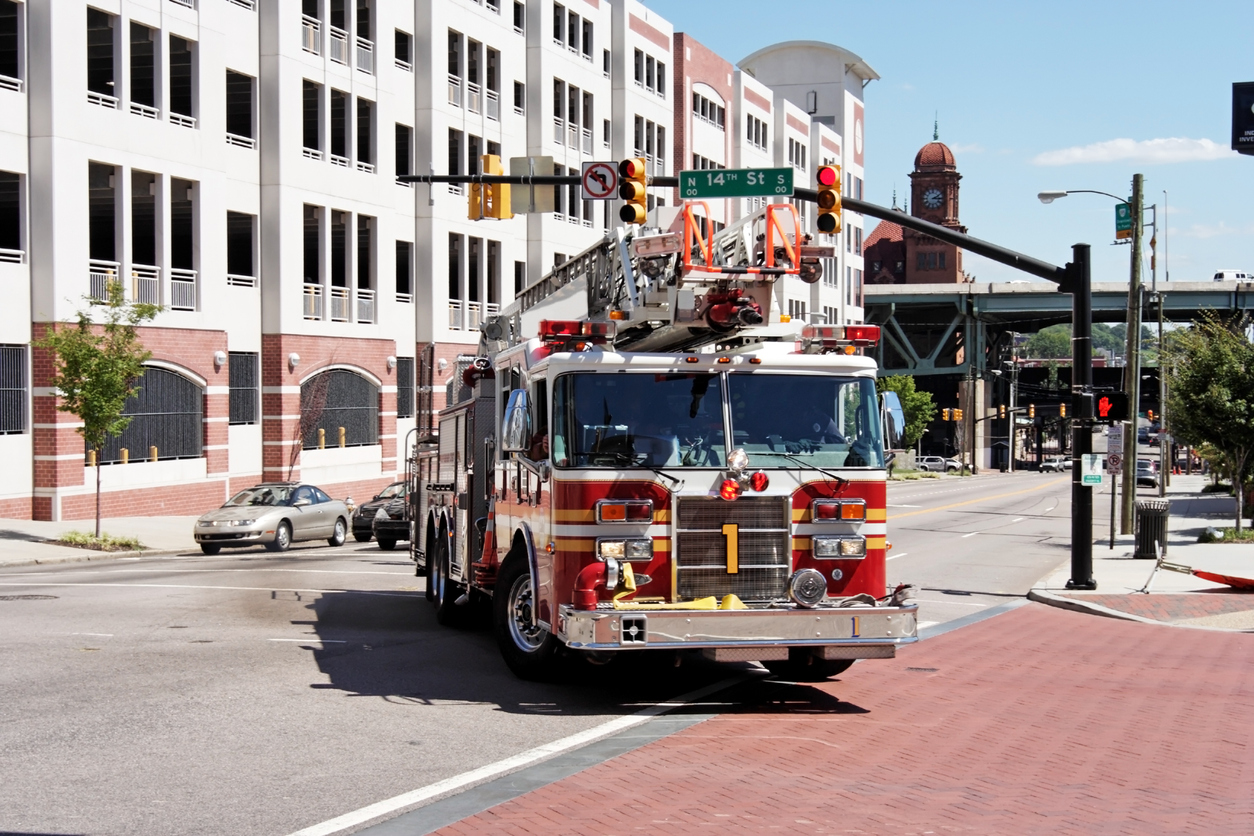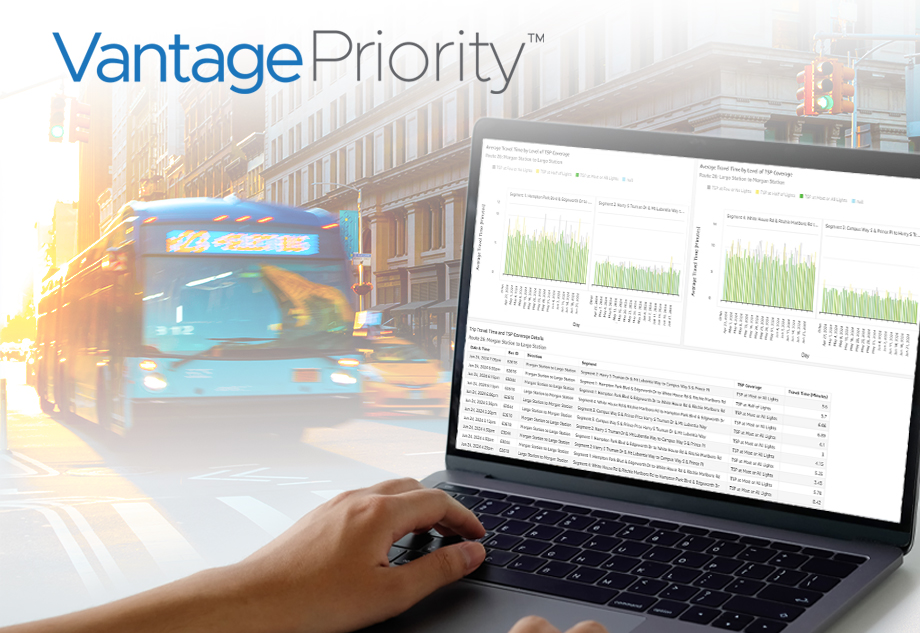
Iteris Leverages Mobility Intelligence From ClearGuide to Support Agencies’ COVID-19 Response Efforts

This year, COVID-19 threw a curveball at transportation agencies throughout the country, presenting myriad new realities – such as working remotely, lighter traffic conditions on major highways and roadways, and an increase in congestion around major shopping centers – that have caused significant upheaval to the daily lives of those responsible for keeping our roadways moving safely and efficiently.
In response to these new realities, Iteris’ Transportation Analytics group sought to create new solutions to support agencies’ COVID-19 response efforts, resulting in the pilot of initiatives that leveraged mobility intelligence from ClearGuide™ in new ways.
Introducing the Back-to-Normal Index
First, earlier this year, we began leveraging traffic data and insights from ClearGuide to create a new metric. This metric was developed as part of efforts to help agencies quantify how their traffic conditions are approaching back-to-normal conditions. This metric was named just that: the Back-to-Normal Index.
The Back-to-Normal Index was piloted with a number of agencies in the Bay Area region as a way to inform their decisions on whether and when to reinstate traffic signal coordination following extended periods of lower traffic volumes during the coronavirus-related lockdown measures.

Want to learn more about how you can receive a Back-to-Normal assessment? Talk to one of our mobility intelligence experts.
Helping Hillsborough, FL Identify Speeding Hotspots
Second, as lockdown measures impacted traffic in cities and states throughout the country, transportation agencies were receiving an influx of requests for more information about the increase in crashes that occurred when overall congestion and vehicle volumes were down. Hillsborough MPO in Florida was experiencing just that and local media outlets were requesting more information to investigate reasons behind the increases in traffic incidents.


What Hillsborough saw within ClearGuide was that with lighter traffic, speeding was increasing, which directly correlated to the increase in incidents. Hillsborough was able to provide authorities with a list of the highest-speeding corridors to help combat the issue during the state’s stay-at-home order.
Want to learn more about how Hillsborough uses ClearGuide? Download our case study for the full analysis.
About the Author:

James Esquivel is a marketing manager at Iteris.
Connect with James on LinkedIn.
About the Author

 X
(Twitter)
X
(Twitter)
 Facebook
Facebook LinkedIn
LinkedIn Copy
Link
Copy
Link Email
Email

